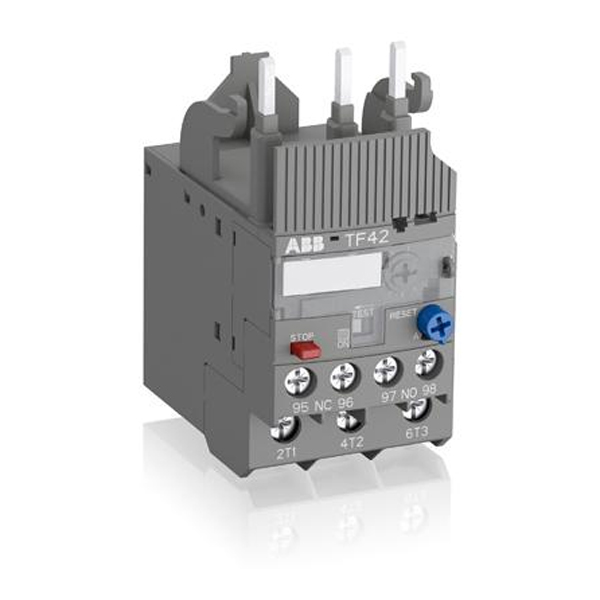ABB TK516 Thermal Overload Relay and Circuit Board Circuit Breaker
Key points for use
Selection and adaptation: When selecting a circuit breaker for a circuit board, it is necessary to ensure that its rated current, rated voltage, and other parameters match the actual working requirements of the circuit board. If the rated current is selected too low, the circuit breaker may trip frequently during normal operation of the circuit; If the rated current is selected too high, the circuit breaker may not be able to operate in a timely manner when the circuit experiences overload or short circuit. For example, for a circuit board with a working voltage of 24V and a normal working current of 2A, a circuit board circuit breaker with a rated voltage of not less than 24V and a rated current of around 2.5A-3A should be selected.
Installation position: The circuit board circuit breaker should be installed near the power input end of the circuit board to quickly detect abnormal currents in the circuit and cut off the circuit in a timely manner. At the same time, the installation location should be convenient for maintenance and repair, and easy to reset or replace after the circuit breaker is activated.
Regular inspection: Regularly inspect the circuit board circuit breaker to see if there is any damage, deformation, etc. on its appearance, and check if there is any burning phenomenon on the contacts. In addition, by simulating overload or short circuit tests, the sensitivity and reliability of the circuit breaker's action can be detected to ensure that it can function properly in critical moments for protection.

- EMERSON
- Honeywell
- CTI
- Rolls-Royce
- General Electric
- Woodward
- Yaskawa
- xYCOM
- Motorola
- Siemens
- Rockwell
- ABB
- B&R
- HIMA
- Construction site
- electricity
- Automobile market
- PLC
- DCS
- Motor drivers
- VSD
- Implications
- cement
- CO2
- CEM
- methane
- Artificial intelligence
- Titanic
- Solar energy
- Hydrogen fuel cell
- Hydrogen and fuel cells
- Hydrogen and oxygen fuel cells
- tyre
- Chemical fiber
- dynamo
- corpuscle
- Bently
- Pulp and paper
- printing
- fossil
- FANUC
- Food and beverage
- Life science
- Sewage treatment
- Personal care
- electricity
- boats
- infrastructure
- Automobile industry
- metallurgy
- Nuclear power generation
- Geothermal power generation
- Water and wastewater
- Infrastructure construction
- Mine hazard
- steel
- papermaking
- Natural gas industry
- Infrastructure construction
- Power and energy
- Rubber and plastic
- Renewable energy
- pharmacy
- mining
- Plastic industry
- Schneider
- Kongsberg
- NI
- Wind energy
- International petroleum
- International new energy network
- gas
- WATLOW
- ProSoft
- SEW
- wind
- ADVANCED
- Reliance
- YOKOGAWA
- TRICONEX
- FOXBORO
- METSO
- MAN
- Advantest
- ADVANCED
- ALSTOM
- Control Wave
- AB


email:1583694102@qq.com
wang@kongjiangauto.com












































































































